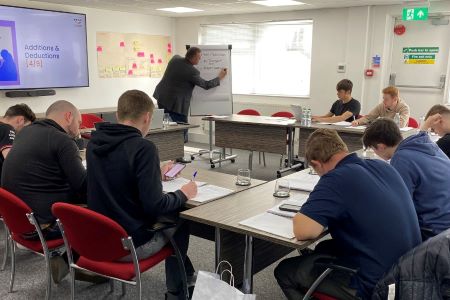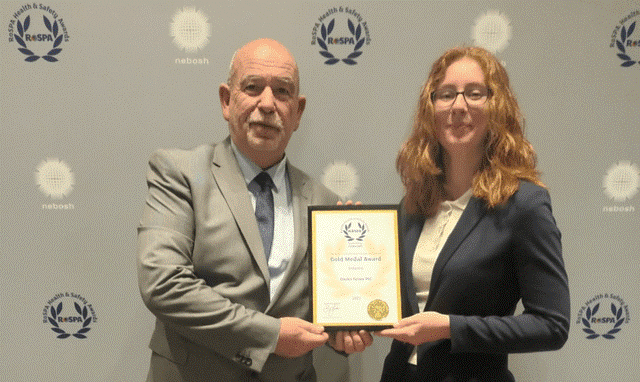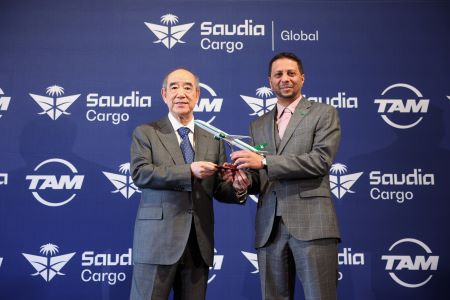The bums-on-seats paradox: how per-user software licensing prevents innovation and hurts productivity Richard White, Founder and CEO of WiseTech Global/CargoWise, explains a fundamental conflict at the heart of the business software product industry.
Business software companies that create and sell products on the traditional per-user license are in a complex conflict with their customers’ needs. It’s a conflict buried deep in the heart of the traditional license model, and it harms the customer, the product and the software developer.
Traditionally, software has been licensed on a per-user basis — a model that customers like, one that that is well understood, is simple to measure and is fairly easy to control. With this model, software developers are rewarded for the number of users that operate its product, not the productivity enhancements that the product could create, and this is what causes the bums-on-seats paradox.
As the per-user licensing model rewards the developer for the more users it has, it removes the commercial incentive to help the customer increase productivity. For software licensed on a per-user basis, the more efficient it makes operations, the fewer licenses will be required, and that’s a significant blow to innovation and the continued investment in the software’s capabilities.
So the bums-on-seats paradox is this: every time a developer of seat-based licensed software innovates in order to increase its customers’ productivity, it will cause a revenue loss to the long-term detriment of the developer. This means the product developer’s motivation and ability to invest and innovate in productivity, automation and process improvement is being held back by the very innovations they create. The result of this conflict is that either innovation will slow dramatically or, if they recognise the conflict, a fundamental reinvention of the license model will be essential for the continued success of the product.
Why would any product developer pour millions of dollars, large amounts of time, and its creative efforts into improvements that quickly limit, or dramatically reduce, its future income? The correct model should reward investment that leads to improvements in customer productivity, process automation and increased quality.
The situation has become crystal clear in the last few years: heightened competition, lower margins, new technology and internet connectivity mean there are many software-driven improvements that should be made in almost every facet of every business. In many cases, entire processes can be automated, streamlined or removed completely, simply by rethinking the way things are done. However, this way forward can only be achieved if the motivations of product developer and customers are aligned and the increases in productivity, automation and process improvement creates rewards for both parties.
Fortunately, there’s an elegant, rational and simple solution to the paradox: ditch the per-seat pricing and charge for the ‘value-creating activity’ that results from using the software. In this model, the value of the transaction is measured in terms of the software’s capabilities – from creating higher quality service and additional and increased throughput per staff member to reducing operating costs. Now, the product developer is not rewarded for ‘bums on seats’ but by increases in productivity and ‘transaction’ volumes of the customer.
In other words, the more productive a customer becomes by using a business software platform, the greater the reward for the customer and the developer; and the incentive to continue developing productivity-enhancing products is restored. Indeed, some new software companies, particularly cloud-based companies, have gone straight to this model.
Here’s a real world example: A recent customer had 20 data entry personnel and four high-cost professional staff completing high volumes of entries. The work was consistent, but was very low margin because of fierce competition. By applying new integration, automation and process improvement innovations to their operations, the customer’s data now automatically loads from their origin agent, removing 95 percent of the initial data entry. In addition, 70% of the classification and entry completion activity is further automated with intelligent process improvements, work flow and other software smarts. Overall, this work is now performed by just one professional staff member and two assistants.
Right at the start, we agreed this would be on a per-transaction basis as the reward for the customer would be removing ‘seats’. Using this model, the overall operational savings are more than 100 times the cost of the software transactions, the customer has won significant additional high-volume business and now has a sustainable competitive advantage. The additional business created from these improvements has allowed the staff to be redeployed to other areas of the business and motivated us to work on further productivity improvements.
In this model, the more the developer innovates to create productivity and automation improvement, the more the customer benefits, and the more the developer is rewarded. In turn, the developer is incentivised into developing further innovation and the cycle of reward continues.
Of course, some customers will be reluctant to change to a new model and will demand the traditional license be retained. The fear that somehow their costs or cost recovery will be damaged by this model change is something customers must overcome. Instead, we must all focus on the net result: a set of huge productivity gains and massive cost reductions compared with small increases in software costs — only as productivity rises.
In the logistics industry, seat-based software licenses account for around one percent of the total cost of the operator using it. However, the substantial increases in productivity, automation and process improvements that results from the software might be more than 50 times this cost—and this is only the first wave of what’s possible. No customer interested in efficiency would be reluctant to changing to a model based on these results.
But without a model change, the impact of reduced investment in innovations that enhance productivity will be felt throughout the business software industry and its customers. For us, the only sane model is one that rewards both the customer and the product developer by aligning the commercial goals of both parties and ensuring that investment and innovation drives customer productivity higher and higher.





